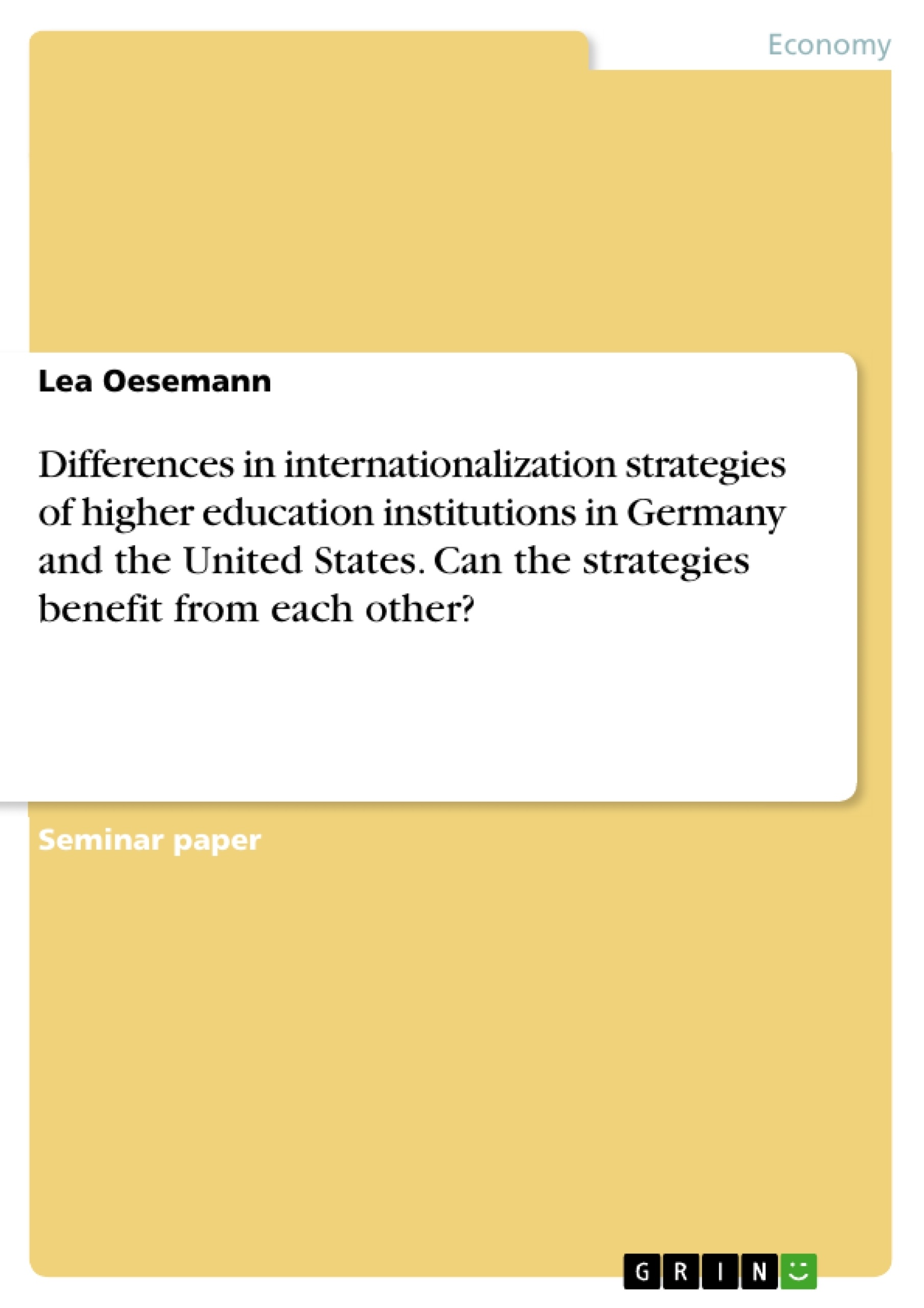Ever thought about a semester abroad? Which student has never been asked this question or never asked himself? In our increasingly globalized world, it has become a matter of course that even undergraduate education is often international in nature. Learning and improving another language, getting to know other cultures and versatile teaching styles but also challenging flexibility and adaptability to new environments are elementary parts of a stay abroad. Especially these points are interesting aspects on which international and globalized companies put a lot of emphasis when someone is applying for a job.
These versatile advantages for the students, research teachers and future employers are desired by the educational institution university from completely different aspects. This is because the internationalization rate of an educational institution is a very special measurement figure in the global comparison of higher education institutions.
The attractiveness factor of universities can be determined by a high ratio of international students. An increase in the quota results in a positive response from potential international students, as they explicitly look for an educational institution that meets their wishes for international exchange opportunities. This attraction factor, in turn, increases the internationalization rate, potentially leading students to choose the more internationalized higher education institution in the future. The partnership of universities is a very enriching factor for the exchange between lecturers as well as between students for the universities. The partnership of universities is a very enriching factor for the exchange between lecturers as well as between students for the universities. Once cross-university partnerships exist or have been established, it is straightforward for higher education institutions to create an attractive offer for international students.
In order to achieve these goals of universities to attract international students, various internationalization strategies exist worldwide. Although these cannot be captured in their completeness in students' individual decisions, they contribute strongly to the decision-making process.
Inhaltsverzeichnis (Table of Contents)
- Introduction
- Internationalization and higher education institutions: The concepts
- Historical development of internationalization of higher education and general internationalization strategies
- Internationalization in Germany and the United States.
- Strategy of internationalization at Georg August University, Göttingen
- Strategy of internationalization at New York University
- Comparison of the similarities and differences of the two strategies
- Similarities
- Differences
- What differences of the two strategies can be incorporated into each other to improve the internationalization of higher education institutions?
- Conclusion
Zielsetzung und Themenschwerpunkte (Objectives and Key Themes)
This paper aims to explore the internationalization of higher education institutions by analyzing the strategies of Georg August University, Göttingen, and New York University. It examines the historical development of internationalization, its impact on higher education institutions, and how these strategies contribute to the overall goals of universities.
- Historical development of internationalization of higher education
- Internationalization strategies of universities
- Comparison of internationalization strategies in Germany and the United States
- The role of internationalization in attracting international students
- The impact of internationalization on research and teaching
Zusammenfassung der Kapitel (Chapter Summaries)
- The introduction explores the increasing importance of internationalization in higher education, highlighting the benefits for students, faculty, and institutions. It emphasizes the role of internationalization in attracting international students and enhancing the reputation of universities.
- Chapter 2 provides a theoretical framework for understanding internationalization, defining key terms and outlining the five goals of internationalization. It explores various perspectives and definitions of internationalization, acknowledging the complexity and ongoing development of the concept.
- Chapter 3 delves into the historical development of internationalization in higher education, tracing its origins to the Middle Ages and its evolution over centuries. It examines the influence of global events, such as the rise of nation-states and World Wars, on the internationalization process.
- Chapter 4 analyzes the internationalization strategies of Georg August University, Göttingen, and New York University, focusing on their key components, strengths, and weaknesses. It compares and contrasts the similarities and differences of these strategies and explores the potential for incorporating best practices from both universities.
Schlüsselwörter (Keywords)
This research focuses on the internationalization of higher education institutions, particularly within the context of Germany and the United States. It examines concepts like internationalization strategies, transnational education, cross-border education, and the historical development of internationalization in higher education. The paper also explores the impact of internationalization on attracting international students, enhancing research and teaching, and improving the overall reputation of universities.
- Citar trabajo
- Lea Oesemann (Autor), 2022, Differences in internationalization strategies of higher education institutions in Germany and the United States. Can the strategies benefit from each other?, Múnich, GRIN Verlag, https://www.grin.com/document/1185039



